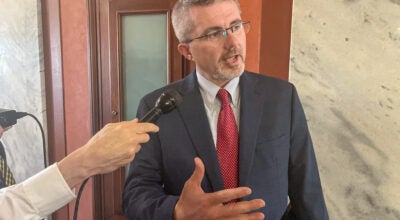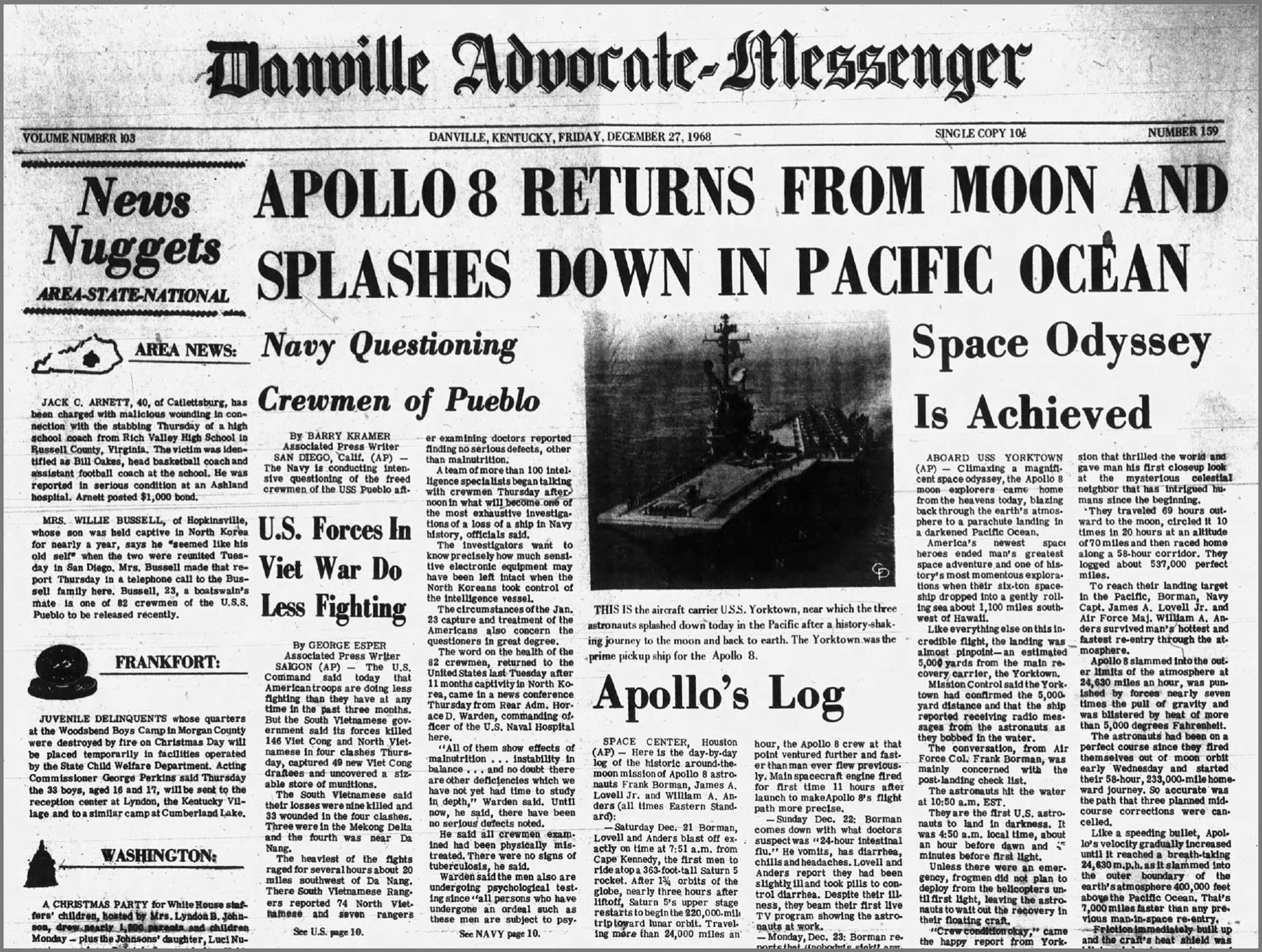State: No public meeting planned on Herrington coal ash issue
Published 4:50 pm Sunday, January 7, 2018
Federal suit against KU dismissed; plaintiffs say ball is now in state’s court — what’s next action?
After a federal judge dismissed a suit against Kentucky Utilities on behalf of plaintiffs asking for more in the way of a solution to toxins from coal ash seeping into Herrington Lake, residents are still asking why the state hasn’t agreed to any kind of public meeting.
“A public notice and 30-day comment period was held for the Corrective Action Plan (CAP), which offered an opportunity for residents and concerned citizens to provide comments on the plan,” said John Mura, director of communications for the Kentucky Energy and Environment Cabinet.
In December, U.S. District Judge Danny Reeves ruled his court has no authority over the case filed in October, brought against the utilities company by EarthJustice, a non-profit organization with the backing of the Sierra Club and Kentucky Waterways Alliance.
“The Cabinet will consider the comments as part of the approval process for the CAP. No public meeting is planned,” Mura said.
Based on reports from the plaintiffs, more than a dozen residents responded asking for a public meeting in order to discuss the problem with the utilities company and the state, and to have their voices heard regarding frustrations about the timeframe given to the company to continue studying the effects of the pollutants.
“It seems like the company would want to be a good neighbor to those who fish, eat and drink from the lake, and are concerned about poisonous pollutants emitting into that source,” said Thomas Cmar, an attorney with EarthJustice. “The area residents have requested a meeting or hearing, but the state will not respond to those requests.”
“I would think (a public meeting) is even more important if the courts are not going to help us. What other recourse do we have?” asked resident Julie Pease, who lives on the lake.
Many are confused about the “seven-year period” given to KU to continue studying the toxicity levels and effects on fish in the lake from pollutants they say are seeping into groundwater from 6 million cubic yards of coal ash buried along the shore, behind the E.W. Brown Generating Station.
In a previous interview, Chris Whelan, spokesperson for KU, said the seven years is in reference to an already agreed upon plan with the state that the company is under.
KU has been working with the state about the contamination of the groundwater for years, resulting in civil penalties and an agreement to monitor the situation for at least seven years. This is a different requirement, not based on the recently submitted CAP.
The power plant is located in Mercer County. Studies from the state have already showed selenium levels up to 98 times the amount legally allowed by Kentucky water standards in the area. Also, research submitted with the lawsuit by a private contractor, Dr. Dennis Lemly, showed deformities in fish in the area, which he credited to selenium poisoning. Lemly’s results, which have since been published in an international, peer-reviewed scientific journal, have been dismissed by KU as “political posturing,” and “inconsistent” with what other testing of the area has found.
Mura said, “The CAP does not include a seven-year timeframe for completion; it projects an approximate two year or less schedule for completion. If anything, the cabinet has expedited the evaluation process.”
He said the “header ‘Corrective Action Plan’ refers to a process that begins with an investigation to better understand problems that need to be addressed — here, the amounts and locations of certain pollutants.”
Mura said, “In some cases, only when specific information about a problem is available can effective solutions be identified and scheduled.”
The CAP, Mura explained, has multiple phases, with the site investigation being the initial step.
“During this phase, the nature and extent of contamination and impacts to the lake will be evaluated through collection of samples and laboratory analysis of surface water, sediment, fish tissue and aquatic organisms.” He said the testing being done and data collected will be used to develop human health and ecological risk assessments.
“This will be important in ensuring that the corrective actions later developed and undertaken are both targeted and address any risks to human health and the environment,” Mura said. “To that end, we expect a corrective action remedy evaluation report from the company sometime next year, in which KU will provide their recommendation on an actual cleanup remedy for the lake.”
Mura was asked to respond to Lemly — a 40+ year fishery biologist hired by EarthJustice to study the aquatic life in the area — who said he stood behind his published findings “and if KU or the state denied or impuned its credibility then the State of Kentucky and the courts are clearly under regulatory capture by the electric utility industry.”
“We believe that everything the Cabinet has done in this case had been timely, effective and in accordance with its regulatory responsibilities under state statute and guided by the desire to protect human health and the environment,” Mura said.





